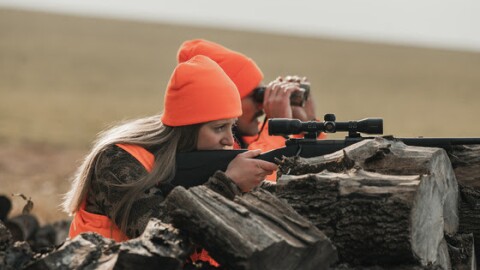-
The nine-day Gun Deer Season in Wisconsin is just over two weeks away.
-
That does not mean those who had been disconnected previously automatically get hooked back up
-
The same components that make PFAS great for non-stick products make them extremely resistant to degradation.
-
Common Council approved spending up to $460,000 for the design of a PFAS water treatment facility for the wells.
-
A new survey by the National Wildlife Federation found nearly 20% of people don’t collect or remove fallen leaves during autumn
-
The North Central Forest encompasses 9,500 square miles in northern Wisconsin. It includes all or portions of the 20 counties including Forest, Iron, Langlade, Lincoln, Oneida, Price and Vilas counties.
-
Dozens of states and cities around the country are suing the fossil fuel industry, claiming companies misled the public about the dangers of their products
-
The Wisconsin DNR is working through expanded testing of PFAS in private wells in Oneida County.
-
Horseshoe crabs are one of the strangest critters ever; they are ancient animals who have been on earth for 450 million years and have scarcely changed in all that time.
-
In the middle of Lake Superior, near the boundary between Canadian and US waters, sits the Superior Shoal, a mountain that’s completely underwater.
-
Environmental groups and the Bad River Tribe are challenging permits the Wisconsin DNR issued to Enbridge in November for rerouting the pipeline
-
The Wisconsin DNR has identified two responsible parties for the PFAS contamination in the town of Stella in Oneida County.It comes as the EPA is moving to the next step in the process that could end with the area being declared a superfund site.
















